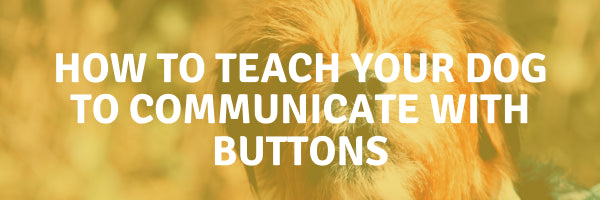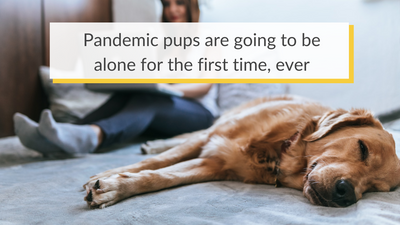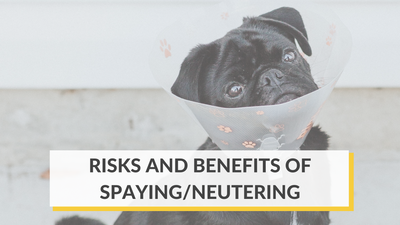Have you ever wondered what your dog was thinking about? Or heard your dog barking and wondered what it could mean? What if there was a way to communicate with your furbaby so you never had to wonder?
Dogs are able to understand human language when we create associations with things or activities, and express themselves with the ways they know how; barking, whining, growling, sighing, and more. By creating associations with activities and a communication tool, we can create a way to communicate with our dogs in daily life.
Christina Hunger MA, CCC-SLP, a San Diego based speech-language pathologist, has trained her furbaby, Stella, to communicate through talking buttons. Here is a video of Stella showing off her skills:
How to Teach Your Dog to Use Communication Buttons:
-
Gather Supplies
To start your training you will need the proper tools including recordable buttons, reward treats, and any props that you want to teach buttons for (tug toy, ball, food bowl). Recordable buttons / answer buzzers / talking buttons are available on Amazon or other websites, it will be useful to find buttons with non-slip grips on the bottom.

Image Source: Amazon
-
Talk to Your Dog
As you go about daily life, talk to your dog using simple phrases and words. Be sure to decide a single word for each activity or association, rather than mixing between similar words. For example, at dinner time be sure to use the same word such as “eat,” “food,” “num nums,” rather than a combination of all of them. Repetition is key! Repeat the same word over and over while creating the associations with activities or things. When your dog responds to your cue word by looking at the item, doing the activity, or other indicator, you can also reinforce with “good food” or “yes food.”

-
Introduce the Buttons
Starting with one or two buttons, introduce the buttons when you talk to your pup. Verbally say the cue words, and press the buttons repetitively every time your dog does the activity. Here are some examples of instances to get started: play, walk, park, eat, water, treat, bed, potty, outside. Every pup is different, some may start to make the associations within one to two days, while others may require 3 weeks. The most important thing to remember is to repeat the button pressing consistently.
-
Teach Button Pressing
Some dogs may begin pushing the button themselves by copying your actions, while others will stand by the button and bark at you. To create the final association between wanting the activity and pressing the button, you will need to teach the pawing action. This is easier if your dog already knows how to “shake” or “paw” in your palm. You can start by holding the button in your hand and pressing their paw to the button, and over time move the button to the ground and signal pressing by pointing at it. When your dog starts to press the button, be sure to instantly thank them with praise and treats. Also be sure to place buttons in the same place rather than moving them around, so they can remember which button means what.













